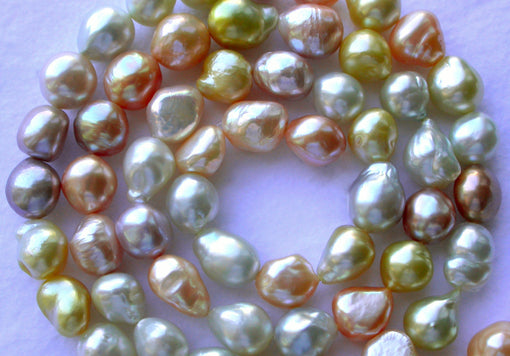
- Article published at:
- Article author: Trimi Trimi
- Article tag: About pearls
- Article comments count: 0
Drawer menu
A pearl presents an ideal surface when there are no imperfections of any kind. We list the most common surface defects below.
However, let us remember that not all imperfections are to be considered a defect to be avoided but they can also be something characteristic of the jewel and which can highlight a certain shape.
Very small defects can be the presence of dots on the surface of the pearl, which can be colorless or black. They look like dots made with an awl. The more they are and the bigger they are, the more marked the defect is.
More marked defects are instead the presence of lines or wrinkles on the surface of the pearl. Sometimes there are also real pearl protrusions.
Another essential element is the position of the surface defects if the defects are concentrated on a small part of the pearl these are very often negligible as they are difficult to see once the pearl is mounted.
Technically, the presence of defects is classified according to the % of the marked surface
Cultivation grade is a measure of how long the pearls have been cultured. That is how many pearl layers the oyster has generated around the pearl. Usually, the longer a pearl has been cultivated, the more layers are deposited by the oyster.
A good pearlescent layer favors greater luminosity, greater resistance to possible shocks, and a more intense color tone.
This criterion is particularly important for baroque pearls as they have an elongated shape. The nucleus is usually positioned in one end and a high layer of pearlescent favors the creation of a harmonic shape and where the nucleus has a lesser note.
This element is one of the key factors that, in our opinion, allows cultured pearls to have a competitive advantage over imitation pearls as it creates a unique depth of color.
In the next article we will analyze the natural color of cultured pearls, stay tuned!